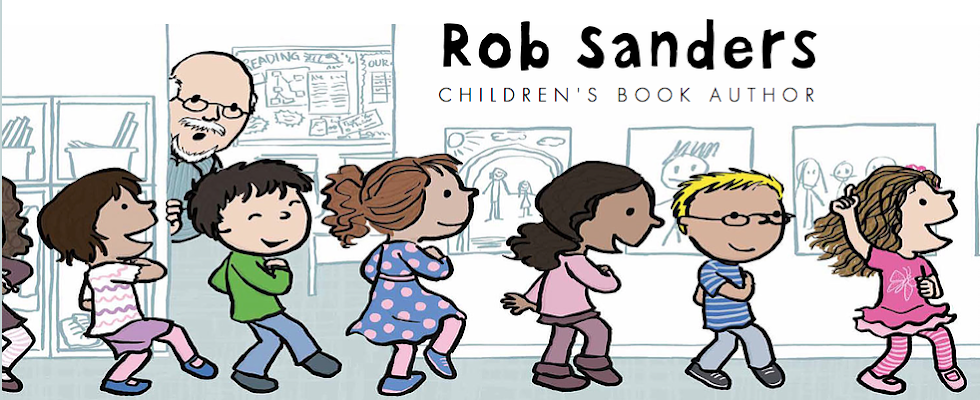Week of November 27: Picture Books Are Golden
Wednesday, November 30: An Interview with Diane Muldrow, Part III
This is the third installment of a three-part interview with Golden Books/Random House Editorial Director, Diane Muldrow.
Rob Sanders: Diane, writers always want to know what is selling and what the latest trend is. What guidance would you give us about trends and markets?
Diane Muldrow: Don’t write toward trends. Trends come and go and by the time a trend is happening, the imitators are out in full force and it’s usually not great work, or work that we think we will be in demand much longer. Write subject matter that can be used in school curriculums or that’s really topical. My book WE PLANTED A TREE has a “green: hook, so it was published in the Spring, in time for Earth Day. Write something that has really classic content, something that won’'t date, like a good Christmas story. Your COWBOY CHRISTMAS is a great example of classic content and feel.
I just published the author Nikki Shannon Smith’s first book: a Little Golden Book titled THE LITTLE CHRISTMAS ELF. It’s a sweet story about a little elf, the youngest and smallest elf in Santa’s workshop, who doesn’t finish her toy in time to be put on Santa’s sleigh. Still, she works through the night, alone in the lonely workshop, until it’s finished. As she’s leaving, Santa comes by the workshop very late. A baby has been born during the night, he tells her, and he needs a present for it. So the little elf gets to come along and help Santa deliver the finished gift for the new baby. It’s a very satisfying story, with a character that little ones can relate to. It has a nice message about not giving up, it’s very classic in feel (yet it feels fresh, too), and it has Christmas in it, which always makes for colorful, festive illustrations: a perfect Little Golden Book.
Rob: Writers work so hard to craft a cover letter, the perfect pitch, to format a manuscript, and so on . . . we are so concerned that the smallest thing might get our manuscript “disqualified.” What (if anything) turns you off about a submission or makes you stop reading?
Diane: What turns me off is that the writer has thought about everything you mention, but hasn’'t put enough thought or love into the work. When I get a manuscript that is pages and pages long, and it’s not paged out, I know the writer hasn’t thought about format or page count. When I get a manuscript that is really just two people talking, I know the writer hasn’t thought visually. If there’s no style or artfulness to the writing, I won’t read further.
Rob: What percentage of your writers are new writers? What percentage of the books on your list are by an author/illustrator?
Diane: I have worked with several first-time writers lately. I work with few author/illustrators.
Rob: I know you are also an author. Tell us about your latest book and what we can expect from you in the future.
Diane: Actually, my latest book is a gift book aimed at adults titled EVERYTHING I NEED TO KNOW I LEARNED FROM A LITTLE GOLDEN BOOK. It will publish in Spring, 2013.
Rob: Picture This! readers are going to be curious about the Golden Book/Random House submission policy. Fill us in.
Diane: I don’t think that Random as a house accepts unsolicited manuscripts, but I do. I read everything I receive in the order that I receive it, and I do write back with a yes or a no (but usually no other real comments; there simply isn’t time). As you can imagine, I get a lot of mail, and it takes me a long time to get to it. Right now I’m backed up to last March, I think. And I can go months without opening any of that kind of mail because I’m so busy in my day-to-day work.
Rob: Diane, thank you so much for spending time with us on Picture This! As my first picture book editor you have set the bar high . . . for me and for any other editor I will work with in the future. Much gratitude!
Tomorrow on Picture This! we’ll visit with Leonard S. Marcus and gain insights about what has made Little Golden Books the treasures that they are. Don’t miss it!









